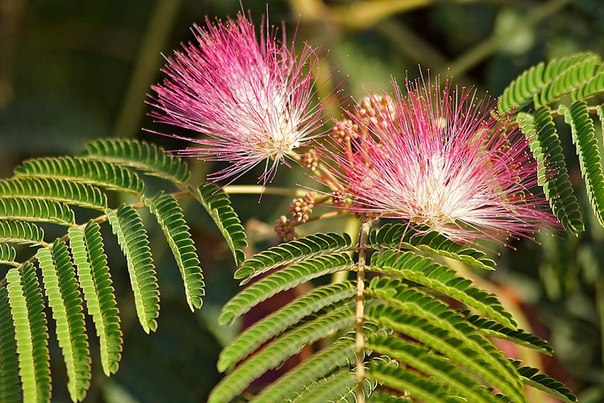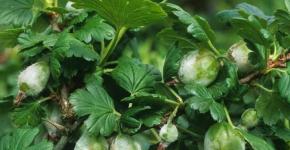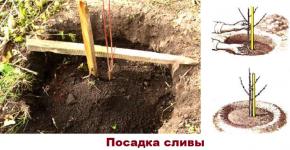Lankaran acacia
A miracle tree blooms beautifully in the Crimea. The smell of acacia is gentle, so violet with raspberries.
Albizia Lankaran, or silk Acacia (lat. Albizia julibrissin) is a species of trees of the genus Albizia of the legume family.
The following Russian names of the plant are found: Lankaran, silk, silk bush, silk tree, gul-ebrishim, Chinese ...
The first part of the scientific name - Albizia - comes from the name of the Florentine Filippo del Albizzi (Italian: Albizzi), who introduced this plant to Europe in the 18th century. The specific epithet - julibrissin - is a distorted gul-i abrisham (Persian گل ابریشم), which means "silk flower" in Farsi (from gul گل - "flower", abrisham ابریشم - "silk").
Albizia flowers smell very subtle, and the feathery leaves resemble fans. By the way, the leaves fold at night. The flowers of Lankaran acacia have very long filaments, which can be white, pink or red, depending on the variety, which gives them a high decorative effect.
Lankaran acacia belongs to the legume family and is a large deciduous tree up to 10-12 meters high with a sprawling umbrella-shaped crown, like some types of tropical acacias. The leaves are openwork, dissected into many small lobes. According to some scientists, the birthplace of this plant is Lankaran, but it is much more widespread - from the Transcaucasus to some regions of Central Asia.
![]()
Albizia Lankaran is widespread in culture, including in the extreme south of Russia and in the south of Ukraine. A heat-loving plant that freezes even in Tbilisi and Baku.
Good honey plant. Albizia bark was used to dye brown and yellow tones of wool and silk. Dense wood with a beautiful pattern is well polished.
Lankaran acacia care: Albizia prefers sunny places and neutral sandy (one third of the volume) soils. Moisture-loving, however, adult plants are quite resistant to drought, and also withstand short-term frosts up to 10-15 degrees. Handles pruning well.
Lankaran acacia is a plant of dry warm climate. I do not know its frost resistance, but even in the coldest winters for our conditions (with frosts down to -10 degrees), Lankaran acacias are not damaged. However, in recent years, albizia have become much less durable than before. In some places in the city, trees with a trunk diameter of up to 70-80 cm at the base are still preserved, and recently they rarely reach half a meter in diameter and dry up. Apparently, this is due to climate change. According to the stories of old-timers, earlier in our places it was much drier and warmer in summer, which, apparently, this acacia liked more.
Albizia is photophilous, it cannot grow in the shade of other trees.
The Lankaran acacia blooms late, in mid-May, when almost all the trees have already blossomed. Its flowering is plentiful and long - it begins in mid-June and lasts until September-October, depending on the weather. In autumn, it retains leaves for a very long time (sometimes until the end of November), which few trees in our climate are capable of. Albitia remain green until the last moment, and only a frost or a strong wind can destroy them at once.



